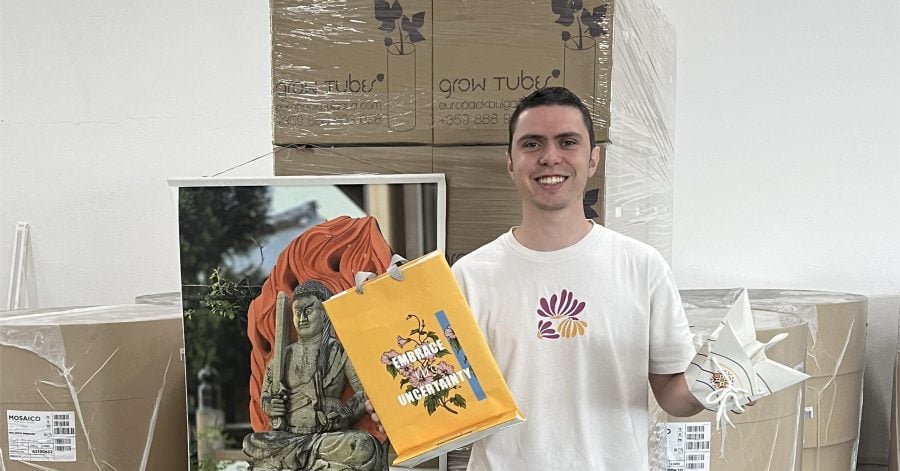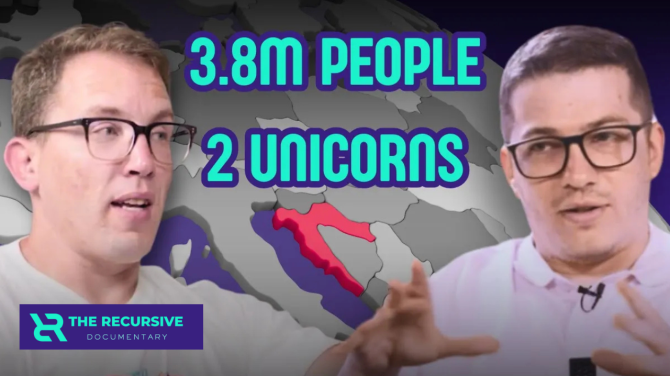Europe’s packaging and paper industry is at an inflection point. Paper packaging was a roughly $300 billion global market in 2024, but rising regulatory pressure – from the EU’s deforestation rules to strict new packaging waste mandates – will make traditional wood-based paper more costly to source and certify. In this climate, tree-free paper alternatives suddenly become compelling. One such innovation is stone paper – a durable, cellulose-free sheet made mainly from crushed limestone and a small fraction of plastic binders. It offers many of paper’s familiar uses (printing, packaging, stationery) while sidestepping wood pulp entirely, fitting squarely into the EU’s circular economy goals.
What Makes Stone Paper a Circular-Economy Contender
Stone paper’s formulation is simple but powerful: about 70–80% calcium carbonate (limestone or marble) combined with non-toxic high-density polyethylene or biopolymer. Because it contains no wood fiber, “no trees are destroyed and a significant amount of water is saved” during manufacture. The result is a paper-like material with unique properties: it is inherently waterproof and tear-resistant, lasting much longer than conventional paper in wet or abrasive conditions.
This toughness makes stone paper suitable for a wide range of uses – from shipping envelopes and food wraps to high-end brochures, outdoor banners and even. Unlike coated or laminated paper which often defies recycling, stone paper can be recycled indefinitely (through the plastic recycling stream) without quality loss. In short, it behaves like plastic-free plastic and like paper without pulp – a hybrid that meets both consumer and regulatory demand for sustainability.
Crucially, the environmental footprint of stone paper is substantially lighter than that of wood-pulp paper. Its production uses virtually no water or bleach, emits no acidic effluent, and requires no logging of trees. Industry estimates suggest that producing one ton of stone paper saves on the order of 20 mature trees, 60 tonnes of water and 60% of the CO₂ emissions that the equivalent ton of virgin paper would require. (By contrast, making a ton of conventional paper can consume tens of thousands of liters of water and significant energy.) Moreover, when a stone-paper product reaches end-of-life, the calcium carbonate can simply be returned to mineral use – for example, as an additive in cement – completing a cradle-to-cradle loop.
These life-cycle advantages align strongly with Europe’s Green Deal ambitions (waste reduction, climate neutrality) and even some of its plastic policies: stone paper bypasses the restrictions on single-use plastics and fiber certification, since it is fundamentally a rock-based material. As one executive put it, stone paper manufacturing is “a perfect form of circular economy.”
Market Momentum and Regulatory Tailwinds in Europe
The commercial momentum behind stone paper is growing. Global market reports suggest the stone-paper sector is in high-growth mode (annual growth rates often forecast in the mid-single digits) and remains small enough that more local capacity could capture rising demand. For example, research firms have noted that Europe is poised to become the world’s second-largest stone-paper market. Yet, virtually all stone paper in Europe today is imported from Asia.
Meanwhile, major consumer brands and printers are paying close attention: packaging suppliers report strong interest in coatings and laminates compatible with stone paper, and early adopters are experimenting with mineral paper for things like cereal box inserts and beverage labels. All of this is driven by tightening EU packaging regulations – from the upcoming Packaging and Packaging Waste Regulation (requiring recyclable content and reuse) to plastic bans – which favor materials that are truly renewable or infinitely recyclable. In this environment, stone paper’s combination of durability, printability, and certified recyclability hits a sweet spot. (The FoodNavigator industry press notes that “paper and paperboard consist of around 13–15% of the total wood consumed” globally, so any shift to non-wood fibers is a big deal.)
Europack Bulgaria M’s Roadmap to Building Europe’s Stone Paper Capabilities
Europack Bulgaria M JSC – https://europackbulgaria.com/ – offers a concrete case solution. This Varna-based family enterprise started in 2008 by innovating bakery packaging (automated bread bags) and later won EU R&D grants to modernize its plant. Since 2020, new co-ownership has pushed the company to develop next-generation packaging materials.
Europack quickly identified stone paper as a strategic fit: they imported test reels in 2020, ran extensive trials and prototypes (everything from bread-bag inserts to envelopes and writing pads), and even earned an “Innovative Packaging” award in 2022 from the Bulgarian Food Industry Union for their stone-paper bread bag. They’ve also secured patents (for example, on a stone-paper bread bag with a recyclable window) and established partnerships with two Asian stone-paper mills to learn the technology. In short, the team has moved rapidly from bench to pilot.
Today, Europack is looking to become the first large-scale stone-paper manufacturer in Europe. Bulgaria is a natural base: the country has no native pulp mills but is rich in limestone. The Devnya quarry region near Varna alone boasts “tens of millions of tons” of high-quality CaCO₃ deposits. Europack notes that relying on imports from Asia has been costly and unpredictable, whereas a local plant could dramatically cut costs and delivery times. They are now finalizing plans for a production line next to these quarries. The engineers on staff have already worked out solutions for tricky technical issues (such as bonding coatings to the non-porous stone surface), and the company has raised seed capital to support the engineering phase.
Following one round of funding to establish the initial capacity, in the coming quarter, they are launching a larger fundraising round of up to 30 million) specifically to finance the new factory, targeted to produce thousands of tons per year once operational.
Early market signals are encouraging. Europack reports that even before domestic production, stone paper has found buyers among niche European customers. For example, hotels in Turkey are using stone-paper wrappers for guest amenities; a Finnish cooperative is testing stone-paper tree guards that biodegrade harmlessly; and local artists and schools have enthusiastically tried stone-paper sketchbooks and posters in the community. All these pilot customers highlight stone paper’s novel appeal and functional benefits. As production ramps up and prices become competitive (stone paper production costs can approach those of matte offset paper once economies of scale are reached), demand is expected to accelerate.







